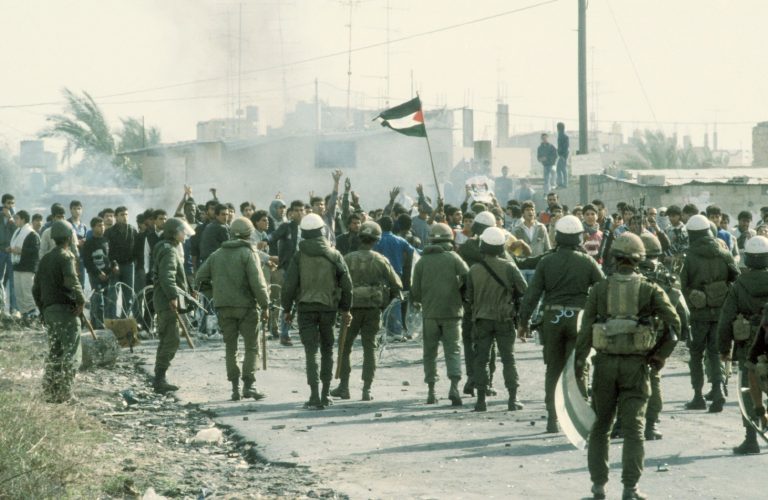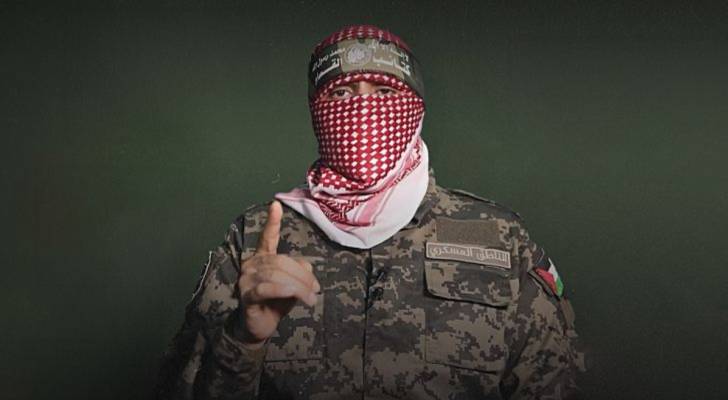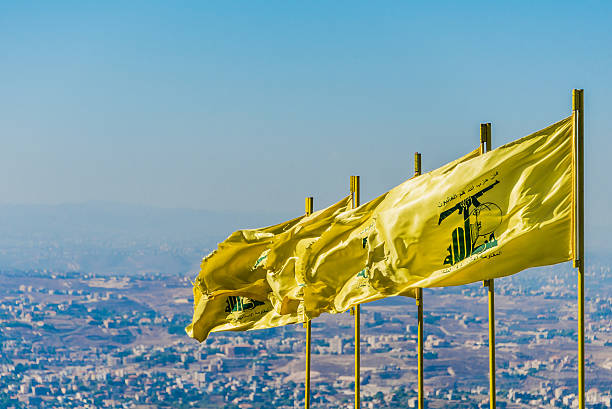May 1-8, 2025 — Rafah, Gaza Strip
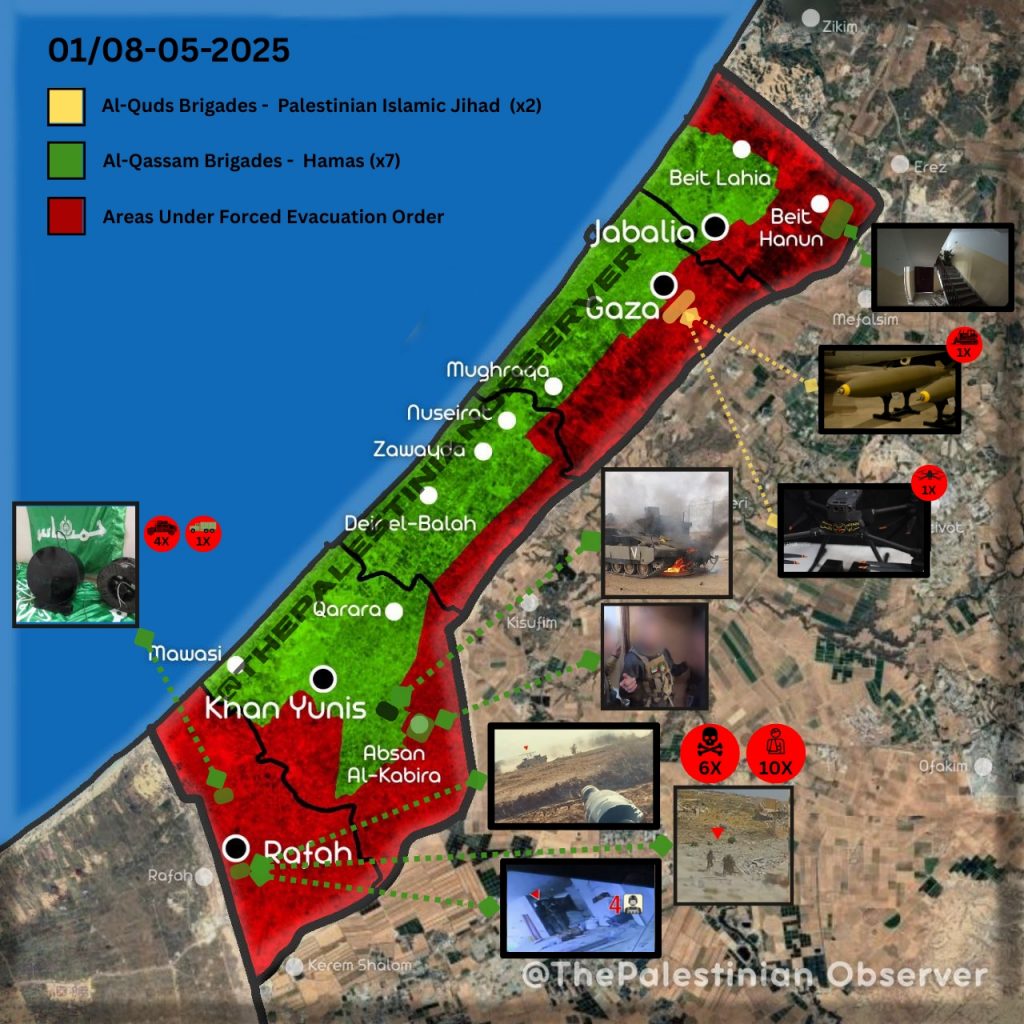
In one of the most complex and strategically layered resistance offensives since the start of the war, the Izz al-Din al-Qassam Brigades, the military wing of Hamas, has launched a sweeping series of operations in southern Gaza under the codename “Gates of Hell”, striking Israeli ground forces with ambushes, anti-tank missiles, and explosive traps in Rafah and East Khan Yunis. The operations have led to multiple Israeli casualties, destroyed armored vehicles, and forced the enemy to rely heavily on helicopter evacuations, signaling a potential shift in battlefield momentum.
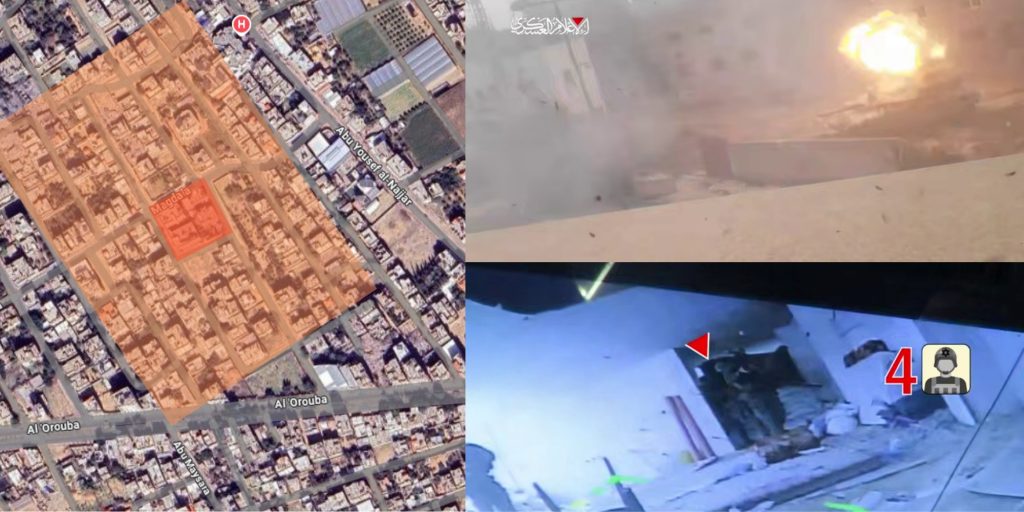
The campaign, concentrated around key junctions like Al-Zahraa Mosque and the Al-Mashrou’ intersection, saw Qassam fighters employ TBG thermobaric missiles, booby-trapped homes, pre-laid minefields, and Al-Yassin 105 anti-tank rounds in a meticulously coordinated series of ambushes. Enemy combat engineering teams, including the elite Yahalom Unit, were lured into pre-mined tunnel sites where explosions were triggered at zero distance—resulting, by Israeli admission, in the confirmed deaths of at least two soldiers, including a captain and a sergeant.
A major highlight came on Friday, April 25, when Qassam fighters executed a layered ambush in Tal al-Sultan, drawing in a 5-vehicle Israeli convoy including four Humvees and an armored supply truck. The resistance detonated Shawaz and “Fida’i” explosive charges, then advanced under fire to engage survivors at point-blank range, leaving the enemy with several killed and wounded.
Footage released by resistance media and aired by Al Jazeera showed detailed scenes of close-quarter firefights, explosive-laden tunnel detonations, and precision mortar fire pounding Israeli withdrawal routes. Notably, Al-Qassam fighters conducted multiple zero-distance engagements, clearing Israeli positions house-by-house after initial strikes.
On Saturday, May 3, resistance forces reportedly detonated a house rigged with explosives on a foot patrol near Al-Zahraa Mosque in Rafah, inflicting heavy casualties. Another patrol of six soldiers was targeted by an anti-personnel IED, leaving the unit scattered between the dead and wounded. Later that day, an Israeli armored column—including two tanks and a military bulldozer—was struck with Al-Yassin 105 rounds near the eastern Khan Yunis area of al-Fukhari. Surveillance confirmed evacuation helicopters landing amid rising smoke.
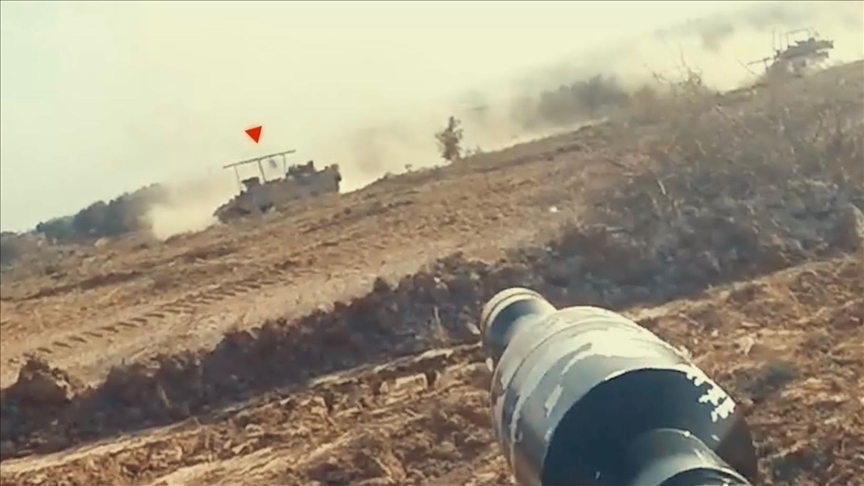
Operations continued into May 7, as Qassam fighters reported luring a 10-soldier Israeli unit with military dogs into a pre-wired kill zone near the Al-Mashrou’ junction. Once inside, multiple IEDs were triggered, followed by a direct assault using light weapons at point-blank range. The same day, another Israeli unit taking refuge in a house was hit with two TBG warheads, then eliminated in close-quarter gunfire as fighters stormed the building.
Meanwhile, in Gaza City’s Tuffah neighborhood, Saraya al-Quds—the armed wing of Palestinian Islamic Jihad—destroyed several Israeli vehicles using recycled explosives and a detonated MK84 bomb, reportedly abandoned earlier by Israeli forces. The group also downed and recovered multiple Israeli surveillance drones, including a Matrice 350 RTK over Khan Yunis.
Takeaway:
The “Gates of Hell” operations mark a decisive uptick in resistance sophistication—combining engineering, timing, and layered assaults that have paralyzed Israeli mobility in southern Gaza. The precision of ambushes and use of anti-armor and anti-personnel tactics suggest a significant evolution in asymmetric warfare doctrine. With Israeli troops increasingly reliant on helicopter extractions and sustaining mounting losses in close-quarter battles, the psychological and strategic implications of these operations are reverberating far beyond the front lines.
